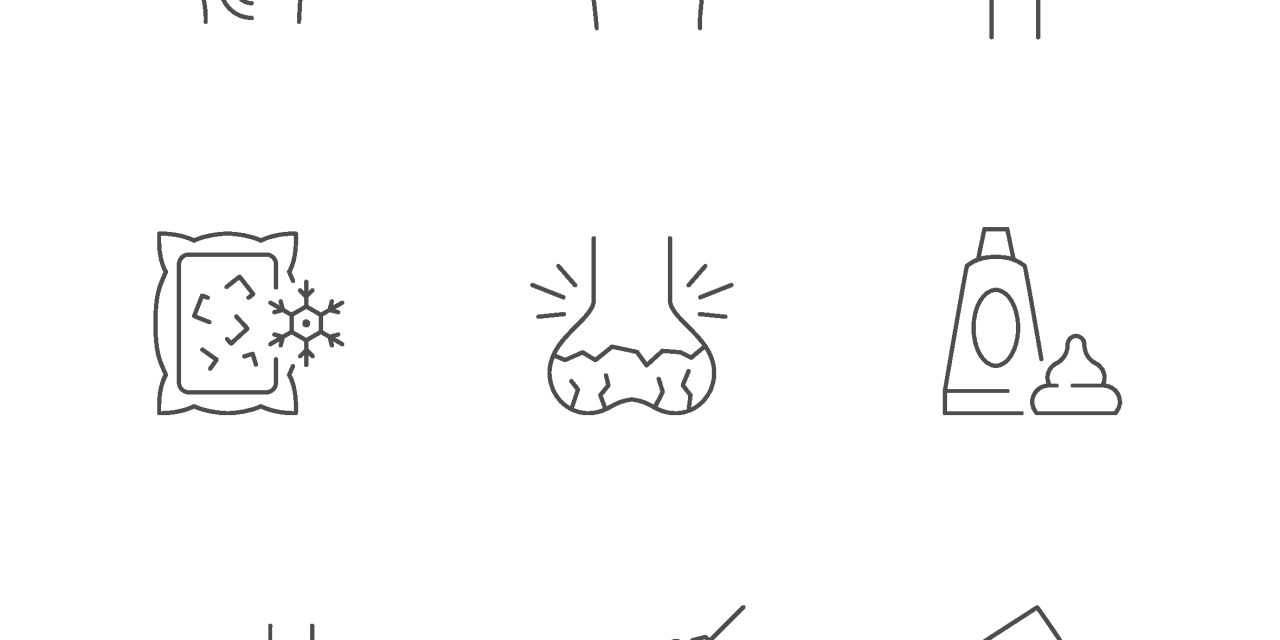Systemic autoimmune rheumatic diseases (SARDs) are a heterogeneous group of chronic multisystem inflammatory disorders that are thought to have a complex pathophysiology, which is not yet fully understood. Recently, the role of non-coding RNAs, including long non-coding RNA (lncRNA), has been of particular interest in the pathogenesis of SARDs. We aimed to summarize the potential roles of lncRNA in SARDs affecting the skin including, systemic sclerosis (SSc), dermatomyositis (DM) and cutaneous lupus erythematosus (CLE). We conducted a narrative review summarizing original articles published until July 19, 2021, regarding lncRNA associated with SSc, DM, and CLE. Several lncRNAs were hypothesized to play an important role in disease pathogenesis of SSc, DM and CLE. In SSc, Negative Regulator of IFN Response (NRIR) was thought to modulate Interferon (IFN) response in monocytes, anti-sense gene to X-inactivation specific transcript (TSIX) to regulate increased collagen stability, HOX transcript antisense RNA (HOTAIR) to increase numbers of myofibroblasts, OTUD6B-Anti-Sense RNA 1 to decrease fibroblast apoptosis, ncRNA00201 to regulate pathways in SSc pathogenesis and carcinogenesis, H19X potentiating TGF-β-driven extracellular matrix production, and finally PSMB8-AS1 potentiates IFN response. In DM, linc-DGCR6-1 expression was hypothesized to target the USP18 protein, a type 1 IFN-inducible protein that is considered a key regulator of IFN signaling. Additionally, AL136018.1 is suggested to regulate the expression Cathepsin G, which increases the permeability of vascular endothelial cells and the chemotaxis of inflammatory cells in peripheral blood and muscle tissue in DM. Lastly, lnc-MIPOL1-6 and lnc-DDX47-3 in discoid CLE were thought to be associated with the expression of chemokines, which are significant in Th1 mediated disease. In this review, we summarize the key lncRNAs that may drive pathogenesis of these connective tissue diseases and could potentially serve as therapeutic targets in the future.© 2021. The International CCN Society.
Novel role of long non-coding RNAs in autoimmune cutaneous disease.


